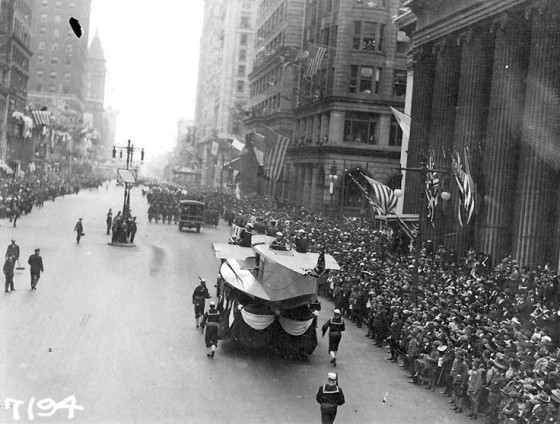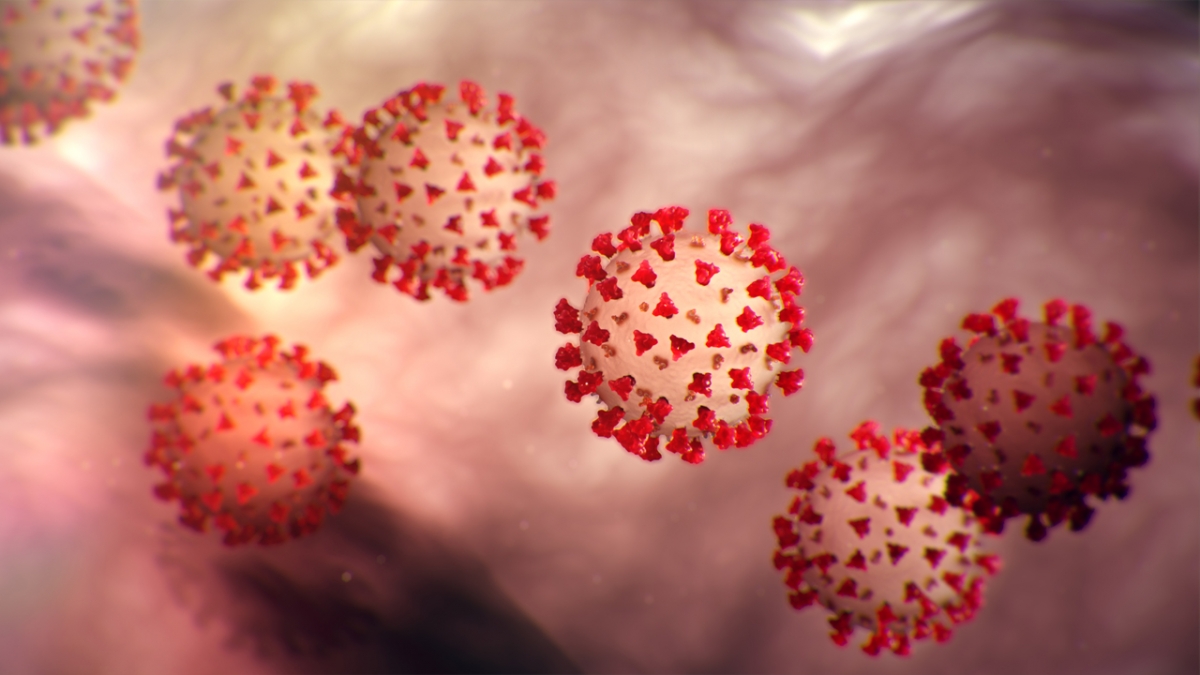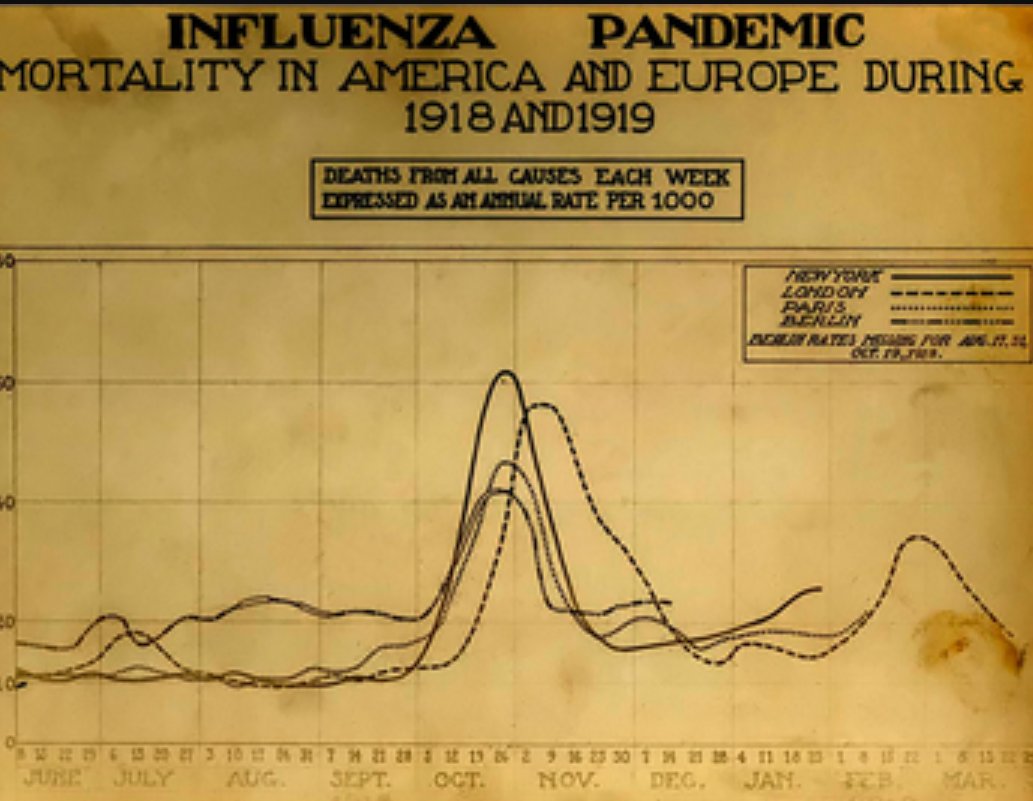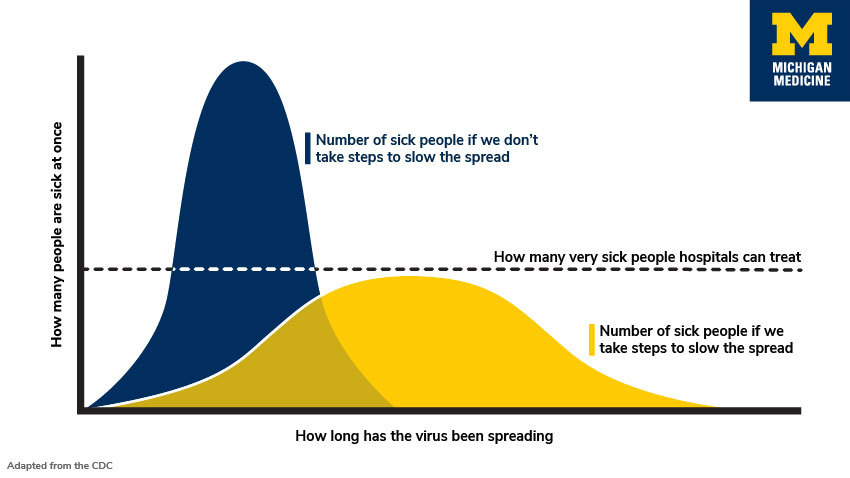Related Posts
- Buy Tickets for The Constitutional Walking Tour of Philadelphia – See 20+ Sites on a Primary Overview of Independence Park, including the Liberty Bell and Independence Hall
- Dr. Benjamin Rush - One of America's Founding Fathers

Overview
In the midst of the global outbreak of the Coronavirus Disease 2019 (COVID-19), including the unprecedented amount of closures and disruption to our daily lives with "America shutting down", it is instructive to look at what happened in Philadelphia in 1918 with the Influenza Pandemic (also referred to as the "Spanish Flu", "La Grippe", or today more commonly known as H1N1) to understand why such draconian social distancing measures have been necessary to try to mitigate the community spread of COVID-19.
A little over one hundred years ago, history’s worst influenza pandemic killed about 50 million people worldwide according to the U.S. Centers for Disease Control and Prevention.

From 1918-1919, the Influenza Epidemic spread across Europe and Asia, with about 80% of the population in Spain was infected. At first, the 1918 influenza seemed like a distant concern for Philadelphians. At the time, Philadelphia's population was about 1.7 million people.
However, the 1918 Influenza Pandemic arrived in the United States in the Spring of 1918 when U.S. troops returned home from fighting in World War I, and infections developed in various cities, including Boston. On September 19, 1918, the Spanish Flu literally arrived at the Navy Yard in Philadelphia, and in just a matter of days, about 600 soldiers were infected. On September 27, 1918, the Fourth Liberty Loan parade attracted about 200,000 Philadelphians in the streets. By October 1, 1918, there were 635 new cases. Unfortunately, Philadelphia became the city with the highest influenza death toll in the United States.
What is a Pandemic
According to the World Heath Organization (WHO), "A pandemic is the worldwide spread of a new disease. An influenza pandemic occurs when a new influenza virus emerges and spreads around the world, and most people do not have immunity. Viruses that have caused past pandemics typically originated from animal influenza viruses."
A Tale of Two Cities - Lessons Learned
As World War I was coming to a close, cities across the United States held Liberty Loan parades to help pay for the War effort, and these popular parades drew thousands of spectators. With the 1918 flu pandemic at its peak, St. Louis decided to cancel its parade. However, officials in Philadelphia chose to hold the parade. The next month, more than 10,000 people in Philadelphia died from pandemic flu, while the death toll in St. Louis did not rise above 700. According to the Centers for Disease Control and Prevention's Division of Global Migration and Quarantine, "this deadly example shows the benefit of canceling mass gatherings and employing social distancing measures during pandemics."
In addition to the parade, there were other factors which are believe to have contributed to the flu's deadly spread in Philadelphia, including high population and poor working and living conditions. According to the University of Pennsylvania Archives and Record Center, "Many people, specifically poor and working-class immigrants and African Americans, lived and worked in crowded, unhygienic conditions. Doctors and public health officials did not understand the cause or the cure of the disease, nor did they have the necessary medical advances to properly combat it. Further, because they did not understand much about the influenza epidemic, public health officials underestimated its severity and overestimated their ability to keep it contained. Finally, more than a quarter of Philadelphia doctors and nurses had been called away to work in the war effort, which put a strain on every hospital in Philadelphia, even before the influenza epidemic hit."
Cancelling Events Can Save Lives
In early to mid-March 2020, many cities including Boston, Chicago, Denver, Philadelphia and Seattle cancelled their St. Patrick's Day parades due to Coronavirus concerns. On March 15, 2020, the Philadelphia St. Patrick's Day Parade, a holiday tradition dating back to 1771, was scheduled to take place. However, out of an abundance of caution, Philadelphia St. Patrick's Day Parade Observance Association announced its cancellation by stating, "After heartfelt consideration and serious conversation with officials from the City of Philadelphia, the St. Patrick's Day Observance Association has decided to cancel the parade and all events related to the 2020 Philadelphia Saint Patrick's Day Parade. This decision was made with significant input from civic and parade participants. While this decision is disappointing, we acted with a general concern for the well-being of everyone."
The Second Wave of the Spanish Flu Was Worse than the First Wave
When its first wave of the Great Influenza hit in the Spring of 1918, the Spanish flu seemed like just other types of flu, and it represented the calm before the storm. Unfortunately, the second wave of the pandemic began at the end of Summer 1918, and the mortality rate greatly increased.

1918 Flu - By The Numbers
- Years: 1918-1922
- Total Deaths: About 50 million people died worldwide
- Total Worldwide Cases: About one third of the world’s population became infected (at the time, the world's population was about 500 million people)
- Total U.S. Infections: About 22 million people
- Total U.S. Deaths: About 675,000 people died
- Total Deaths in Pennsylvania: More than 60,000 people died
In just four weeks, Philadelphia lost about 12,000 people and had about 47,000 reported cases. In just six months, there were about 16,000 deaths and 500,000 cases of influenza in Philadelphia.
Flattening the Curve
Flattening the curve refers to social distancing measures (i.e., closing schools, closing businesses, sheltering in place, restricting travel) that slow the spread of the disease and reduce the daily number of disease cases to a more a manageable level for medical providers, so that the medical system's capacity is not overwhelmed and people can have better access to care. Below is one illustration of "flattening the curve" from the the University of Michigan.

The Yellow Fever Epidemic of 1793
In 1793, Philadelphia was struck by one of the worst disease outbreaks in American history. The Yellow Fever epidemic killed thousands of Philadelphia citizens, wiping out an estimated 10% of the population. While most people with financial means fled Philadelphia, including most of the Federal Government since Philadelphia served as the Capital of the United States at the time, Rush stayed in Philadelphia to treat the ill. While Rush’s preferred treatment of blood letting is not believed to have done much good, his willingness to risk his own life in the service of others is a great demonstration of Rush’s priorities as a physician.
If you want to learn more about the Yellow Fever epidemic, you can join us on our Yellow Fever Tour. The Yellow Fever Tour stops at many of the most important sites in Philadelphia’s history while explaining what the epidemic did to the city, and how it affected its citizens. Rush plays a prominent role in the Yellow Fever Tour.
Insider Information
According to the U.S. Centers for Disease Control and Prevention, in 1798, President John Adams and the United States Congress created the U.S. Marine Hospital Service. The Service established a network of hospitals and quarantine staff along the U.S. coast to protect our America against the spread of disease. This network screened incoming sailors and immigrants arriving from foreign ports for any symptoms of disease or illness. When a sailor was suspected of being sick, the healthcare workers treated and quarantined them. Over time, this network evolved into the U.S. Public Health Service.



